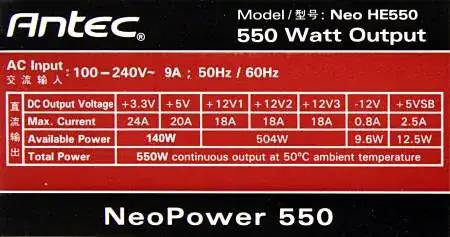Usually, the sticker on the PSU will tell you about the maximum allowed power for the rails and combined power (two rails together) and total power.
It looks something like this:

(taken from: http://www.xbitlabs.com/articles/cases/display/antec-psu-roundup_10.html)
For this PSU, the 3.3V and the 5V together are able to supply 140W whereas the single power values would add up to ~180W. The 12V rails are able to deliver 504W of power (instead of 648W).
So with the numbers you tell us, we can't say. If your PSU does not have a specification like this, you are out of luck and nobody can tell you (the manufacturer could, but if he didn't print it on the sticker, he isn't likely to tell you).
You should think about some properties you have to implement for a lab power supply. You want really low noise, settable output current limit with voltage foldback. Both of which you don't get from an ATX PSU.
Low output capacitance is another thing which is likely not implemented.
I'm not saying you plan isn't doable, but for a proper bench power supply, you have to add a lot of stuff and you aren't experienced, so in the end you might spend a lot more than just buying a new or used lab supply.

+5Vand the+5Vsb? That should be fun, considering that thesbstands forstand byand is available when the PSU is "off"... – marcelm Sep 23 '16 at 11:46